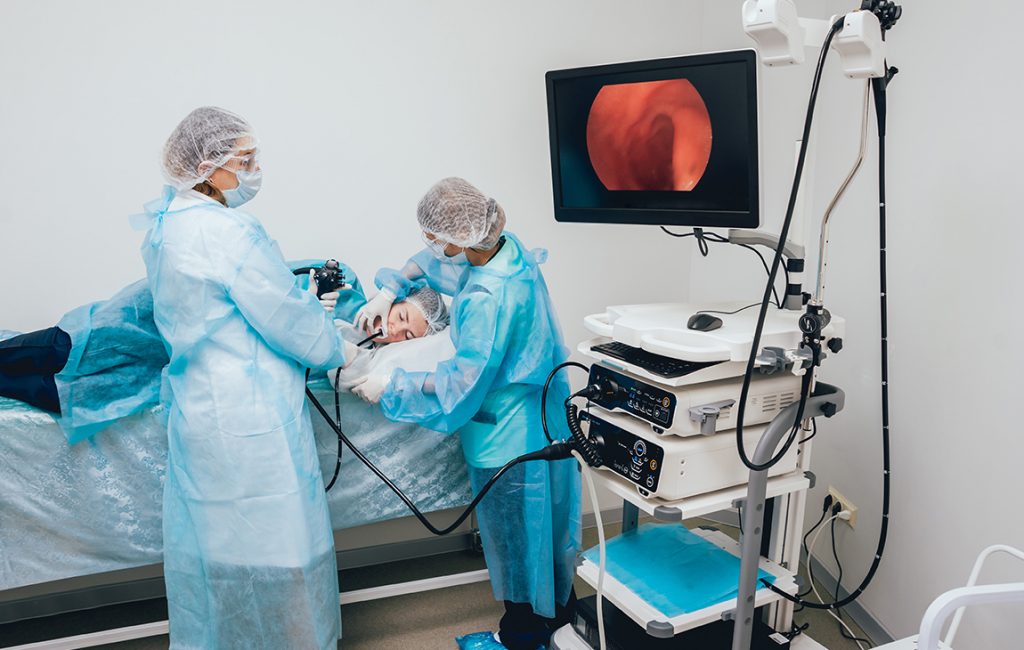
Endoscopy Explained and Why Do You Need It
Endoscopy is a highly accurate medical test and procedure that identifies any problems with your digestive health. It is used to detect signs of ulcers, cancerous tumours, inflammation, polyps, and any other issue related to your digestive tract or stomach.
This invasive procedure is more reliable for detecting problems in your upper digestive system than CT scans and x-rays, which tend to miss certain abnormalities. However, this process needs to be handled by experts for the best results.
For gastroenterologists and endoscopy clinics, it is important to convey to your patients why do they need an endoscopy.
We have compiled a refresher regarding this. Remember – your patients are normal folks who don’t want to be bombarded with medical jargon and technicalities. It is time to explain to them in simple terms why do they need this procedure.
Let’s get to the facts, shall we?
Why Should a Patient Go for an Endoscopy?
This medical test is recommended for people over the age of 50. If your clients face any of the following issues, they should reach out to you and arrange an upper gastronomical endoscopy:
- Chronic nausea,
- Chronic heartburn,
- Chest discomfort,
- Issues with swallowing food or liquid,
- Acid reflux,
- Digestive problems,
- Blood in your stool,
- Constipation over long periods,
- Severe abdominal pain,
- History of colon cancer in the family.
Note: Before going through the procedure, make sure their stomach is empty. Do not eat or drink anything for at least six hours before this procedure.
How Does Endoscopy Work?
To start the procedure, a surgeon uses a mild sedative to help patients relax. They ready a flexible tube, which is gently inserted into a patient’s throat until it reaches all the way through the oesophagus. This tube consists of a tiny camera and a tip that emits light. This light helps to show doctors what’s going on in your digestive tract. The whole procedure takes around 10-15 minutes.
What Happens After I Get an Endoscopy
The mild sedative that you’re administered takes some time to wear off. Therefore, it is ideal to have a family member or friend take a patient back home once you’ve had the procedure.
There is a very rare chance of patients going through severe side effects due to the endoscopy. The majority feels short and temporary discomfort at the end of the endoscopic procedure.
It is a generally safe procedure. However, there’s a rare chance of facing infection or bleeding, perhaps due to the reaction to the sedatives or suffering a cut in your oesophagus or gut wall. In such cases, seeking emergency medical help immediately is the best idea.
Your family doctor will be able to guide you better regarding the risk of undertaking an invasive imaging procedure like endoscopy.
Is Endoscopy Costly?
Simply put, yes.
Medical insurance coverage in the USA may bring the costs associated with upper endoscopy to $800 or more. Uninsured folks may have to pay $1500-$10,000.
But thanks to medical startups like Endoscopy Repair and Maintenance, the costs of this previously prohibitively expensive process are going down.
One common issue that hospitals and endoscopy clinics face is that endoscopes are expensive and fragile. If they are not handled carefully by trained professionals, they can break down during the procedure, damaging its sophisticated camera and tube, among other things.
Getting these highly specialized scopes could cost an arm and a leg, if not for startups like Endoscopy Repair and Maintenance. Their experience with endoscopic device repair and a qualified and transparent team can help more medical clinics reprocess and repurpose their damaged equipment at a fraction of the cost and without major tradeoffs.
Repairing endoscopic equipment shouldn’t be too expensive for clinics or their patients. And now, we are finally seeing how advancements in medical tech and entrepreneurship are helping make medical services more affordable than ever.
